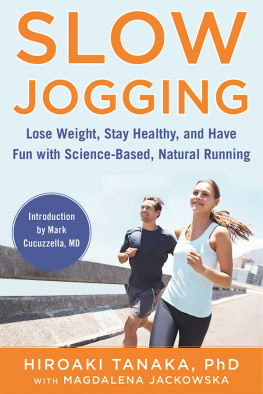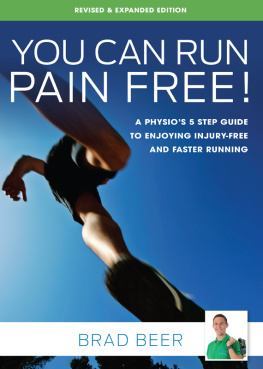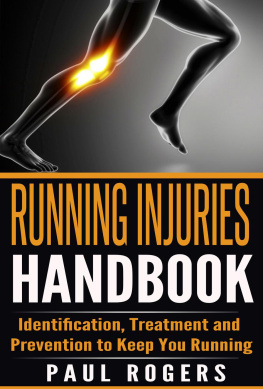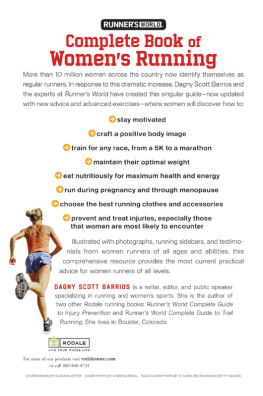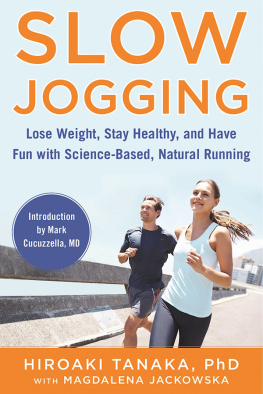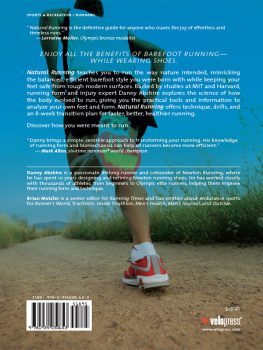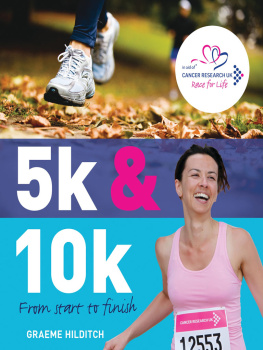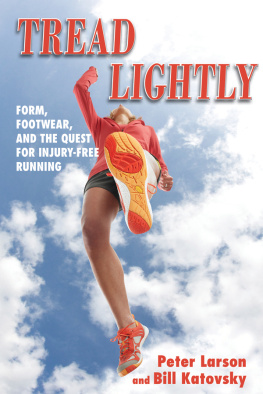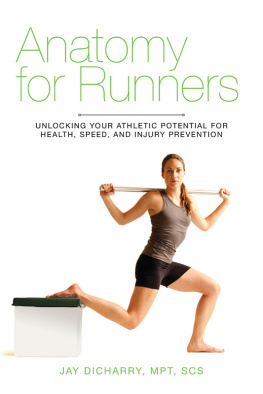Copyright 2016 by Hiroaki Tanaka and Magdalena Jackowska
All rights reserved. No part of this book may be reproduced in any manner without the express written consent of the publisher, except in the case of brief excerpts in critical reviews or articles. All inquiries should be addressed to Skyhorse Publishing, 307 West 36th Street, 11th Floor, New York, NY 10018.
Skyhorse Publishing books may be purchased in bulk at special discounts for sales promotion, corporate gifts, fund-raising, or educational purposes. Special editions can also be created to specifications. For details, contact the Special Sales Department, Skyhorse Publishing, 307 West 36th Street, 11th Floor, New York, NY 10018 or .
Skyhorse and Skyhorse Publishing are registered trademarks of Skyhorse Publishing, Inc., a Delaware corporation.
Visit our website at www.skyhorsepublishing.com.
10 9 8 7 6 5 4 3 2 1
Library of Congress Cataloging-in-Publication Data is available on file.
Cover design by Tom Lau
Cover photo credit: iStockphoto
Photo credits introduction: Mark Cucuzzella
Print ISBN: 978-1-5107-0831-0
Ebook ISBN: 978-1-5107-0832-7
Printed in the United States of America
Table of Contents
F OREWORD
Jog Slow to Keep Running Healthy (and Fast too!)
O ne of the most inspiring scientists and self-experimenting athletes alive today is my good friend, Japanese running guru Dr. Hiro Tanaka. Dr. Tanaka has changed my life and his message now is being shared with the U.S. Air Force to help create injury-free and more fit Airmen. I had the privilege of first meeting Dr. Tanaka, a Professor at Fukuoka University in Japan, at the Boston Marathon in 2011 after I gave a talk on minimal running and the benefits of running easy. Dr. Tanaka showed me his heart rate and pace progression from building endurance, learning good form, and reducing his dependence on a running shoe. It led to his clocking in a 2:38 marathon at age fifty plus. This comes after reversing dyslipidemia, which was his inspiration to start running again. Dr. Tanaka later came as a guest to the US in 2012 for one of my Healthy Running courses and gave a community talk on slow jogging. In front of everyone, he demonstrated this easy and relaxed movement which almost anyone can do safely.
He also gave me a copy of his book, originally published in Japanese, and whose title translated in English means Run with Smile, Midfoot Strike. Like Dr. Tanaka, I am a big believer in slow jogging as a foundation for fitness and health. Any runner can master this technique to develop a soft and springy landing. You have to deserve to run hard and fast. Use slow jogging for recovery too; barefoot is best for this, in my opinion, to fully recover.
Dr. Tanakas approach is a throwback to what Bill Bowerman wrote about in his 1967 bestselling book Jogging , which came out nearly a half-century ago. Bowerman talked about easy running as the best way to train the cardiac, respiratory, and circulatory systems. Bowerman also mentioned that for beginners, a walk/run style was ideal to start with. For those who are new to the fitness routine, running is likely to be intense; however, as people become more fit walking is not strenuous enough. So learning the skill of jogging will pay dividends as you become fitter, and eventually can spend more time jogging and less walking.
Here is how Bowerman defined jogging:
1. Jogging means a steady or an easy-paced running, while alternating with breath catching between periods of walking.
2. It means a kind of running, generally a slow regular trot that has been described as the next step up from walking.
3. Jogging describes the entire program of physical fitness outlined in this book.
Bowermans Jogging used copies of the out-of-print book can be found online at Amazon.com and elsewherewent on to set the sample and safe plan which was used for cardiac patients by legendary coach Arthur Lydiard in New Zealand. The tables and charts are timeless and will progress almost anyone to thirty minutes of slow jogging in twelve weeks.
With Slow Jogging , Dr. Tanaka is expanding on the same foundation that Bowerman established, and millions of American followed. Jogging was a best-seller and sold over one million copies. Perhaps that same kind of success awaits Dr. Tanaka. For the time being anyway, the message for many runners is to simply slow down!
Here is my slow jogging journey. At forty-nine years old, it is never too late to learn new things and share with others. Although slowing now with age and new priorities, my average completion time of twenty Boston finishes is 2:36. Along the way, I have also compiled twenty-two Marine Corps finishes with an average of 2:38.
Looking back at these marathons has given me a new perspective on running. In todays culture there is a trend and emphasis on high-intensity training as the path to success. I agree that for immediate performance this is true, but the jury is out if we are talking about long-term health and balance if one has a busy life. There are also lots of folks who read stuff, write stuff, and make claims as to what is true based on short term results, but have never actually run.
The late Dr. George Sheehan wrote we are all an experiment of one. This is true, but I think one must understand the principles of overall health and how to treat your body to keep the experiment going. Since my foot surgeries in 2000, I have not done any training which would be considered hard or anaerobic by modern extreme fitness zealots. Most proponents of pain is gain cannot produce this type of sustainable performance data in themselves or any of their clients or athletes. I have not missed a Boston or Marine Corps since 2000 (and have not had running-related injury since then either) and despite some years of extreme weather at these races, the times are all consistent with the gentle physiologic age-related decline.
Below is a photo of my first marathon, the Marine Corps Marathon in 1988. I was in my first year of medical school and had taken the summer off of running after four years of competitive running in college and the toll it took on my body. I also lived in LA that summer and tried to run one day but found the air so bad my lungs actually hurt.

I quickly put on twenty pounds as I did not change my diet from the typical runners diet of low fat and high carbs (notice a bit bulkier body). On return to medical school, I again found the joy in jogging for stress relief and to allow me to concentrate better in studies. One day I joined a friend for a long run and ended up running about sixteen miles. He convinced me to line up with him in D.C. two weeks later where I finished in 2:34 in my minimal Nike Duelists. I was hooked.
Unfortunately, I wore these same shoes in Boston the following spring to fly down the hills in the first half of the race (a 1:08 split), but my quads were mashed potatoes by Boston College. So I wound up taking the T home for one of my only two marathon DNFs. Learned that lesson! (My other DNF was in NYC in 1991 when I lined up with severe plantar fasciitis). I wore an old Florida Track Club singlet given to me by my Loyola High School coach Phil Kirby since I did not feel like I had returned to fitness as a runner worthy of representing my university or the U.S.\ Air Force.

